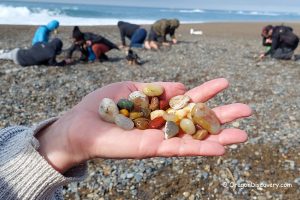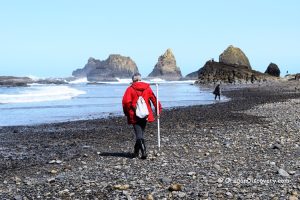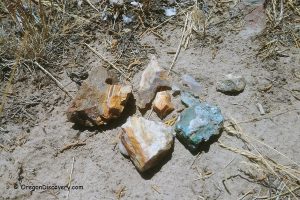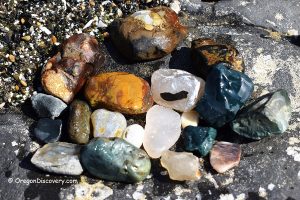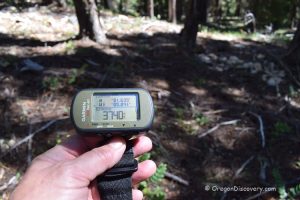Under ultraviolet light, certain rocks can glow with vivid, neon-like colors—a phenomenon caused by specific minerals that fluoresce when exposed to UV radiation. These rocks may appear ordinary in daylight, but under the right conditions, they reveal hidden beauty.
A quality UV flashlight makes it possible to identify these fluorescent minerals in the field or at home. For rockhounds, it is an essential tool for uncovering patterns and properties invisible to the naked eye. Even common rocks can emit surprising colors when viewed under longwave or shortwave UV light.
Rockhounds use UV flashlights to detect minerals such as calcite, fluorite, hyalite opal, and certain agate varieties. These minerals can display brilliant responses to UV exposure—ranging from red and green to ghostly white or bluish glows—depending on their chemical makeup.
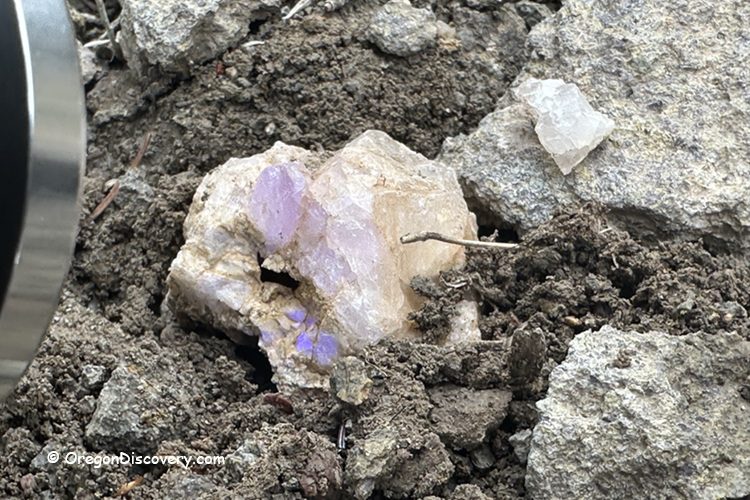
Using one of the best UV lights for rocks allows hobbyists to:
- Detect fluorescent features in minerals.
- Explore beaches, riverbanks, and mine dumps in the dark to find glowing stones.
- Reveal subtle structures and patterns useful for identification and collection.
- Evaluate specimens more accurately when sorting or cataloging finds.
Fluorescence isn’t visible under normal lighting conditions and requires ultraviolet light to reveal the glow.
Whether you’re field hunting or examining your collection indoors, a reliable UV light helps bring out the hidden glow in rocks you might otherwise overlook.

How to Choose the Best UV Flashlight for Flourescent Minerals
Not all UV lights are created equal, especially when it comes to spotting fluorescent minerals. Choosing the best UV flashlight for rockhounding depends mainly on two things: the types of minerals you want to find and your budget.
Shortwave UV lights (254nm) are ideal for minerals that only fluoresce under this wavelength, such as certain varieties of calcite, scheelite, and willemite. These lights can reveal fluorescence that longwave UV cannot detect. However, they are expensive—often starting at several hundred dollars—and can be harder to use in the field. They're typically best suited for experienced collectors who need high performance and specialized detection.
Midwave UV lights (around 307nm) are useful for a smaller group of minerals that react to something between shortwave and longwave UV. While they can be helpful in certain cases, these lights are not commonly used and are usually skipped by beginners and casual hobbyists.
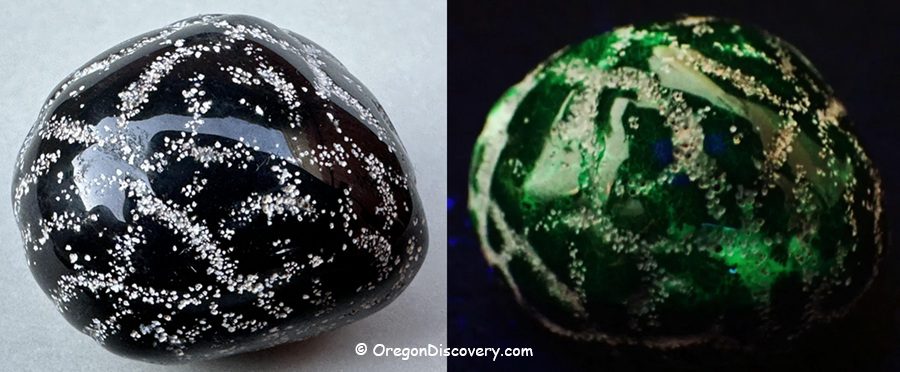
Longwave UV lights, usually operating at 365 nanometers, are by far the most commonly used type for rockhounding. They're especially good at revealing the fluorescence in minerals such as calcite, fluorite, opal, and certain varieties of chalcedony.
Because they are easy to use, budget-friendly, and widely available, these lights are an excellent choice for beginners and hobbyists looking to explore fluorescent minerals either outdoors or in their home collections.
The main limitation is that they won't reveal minerals that require shortwave UV light to fluoresce.
Avoid UV flashlights advertised above 365nm—they emit weak or no true ultraviolet light and won’t reveal fluorescence properly.
The Best UV Flashlights for Rocks
I've tested quite a few UV flashlights for rock collecting, and these two are my favorites:
LBJD Black Light UV Flashlight (365nm)
Why I love it: Super affordable, simple to use, and small enough to take anywhere. Even if you're brand new to rockhounding, this little UV light will help you spot yooperlites, calcite, and plenty more.
Best for: Everyday rock collecting, casual hunts, and even just checking out fluorescent rocks at home.
uvBeast New V3 365nm Black Light UV Flashlight
Why it stands out: True to its name, this thing is a real beast. It's incredibly powerful and throws light a long way, making it easy to scan big areas or spot glowing rocks from a distance. Especially if you're out on a proper night hunt.
Best for: Serious fluorescent mineral hunters and outdoor field trips.
How to Use a UV Flashlight for Rockhounding
Rockhounding with a UV light is easy and super fun, but here are a few tips to help you get the most out of your hunt:
- Go out after dark. Fluorescent minerals really pop once the sun goes down.
- Scan slowly and change your angle. Take your time and experiment - a small shift can make a big difference!
- Take photos. Rocks glowing under UV light look awesome in pictures (your friends will be impressed).
- Bring extra batteries. The more powerful the torch (like the uvBeast), the faster it drains.
Trust me, you’ll be surprised at what you find. Once, I grabbed what looked like a totally plain gray stone, then hit it with my UV flashlight and watched it explode with neon green. Rockhounding for fluorescent minerals really is like discovering hidden magic!
UV Safety Tips for Rockhounding
A quick word on UV safety: UV lights are amazing for finding fluorescent minerals, but they're no joke when it comes to protecting your eyes and skin.
- Always wear UV-protective glasses - your eyes will thank you when you're using a black light or UV flashlight.
- Never shine the UV light at people or pets - UV rays can damage eyes and skin.
- Limit your exposure and avoid staring directly into the beam.
Remember: UV lamps can be harmful, so always use them with care.
You May Also Like



